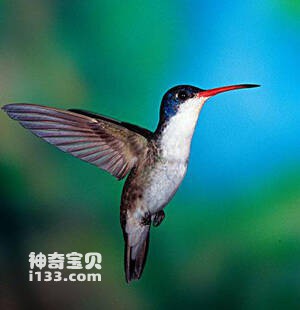
Agyrtria violiceps
Agyrtria violiceps,Agyrtria violiceps
The hummingbird's scientific name is Agyrtria violiceps, the foreign nam···
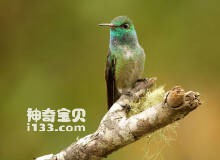
Agyrtria versicolor
Agyrtria versicolor,Versicolored Emerald
The bird's scientific name is Agyrtria versicolor, and its foreign name ···
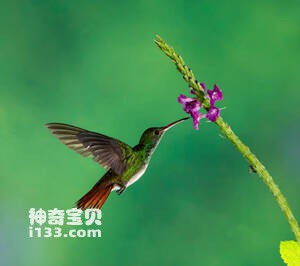
Amazilia tzacatl
Amazilia tzacatl,Rufous-tailed Hummingbird
Latin name Amazilia tzacatl, English name Rufous-tailed Hummingbird, the spe···
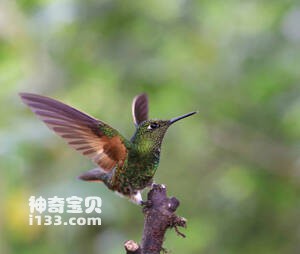
Saucerottia tobaci
Saucerottia tobaci,Copper-rumped Hummingbird
The Copper-rumped Hummingbird is known as Saucerottia tobaci and copper-rump···
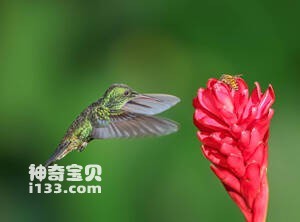
Saucerottia saucerrottei
Saucerottia saucerrottei,Steely-vented Hummingbird
Saucerottia saucerrottei and Steely-vented Hummingbird are unknown.Protect w···
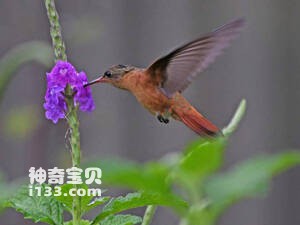
Amazilia rutila
Amazilia rutila,Cinnamon Hummingbird
The bird is named Amazilia rutila and Cinnamon Hummingbird, but its habits a···
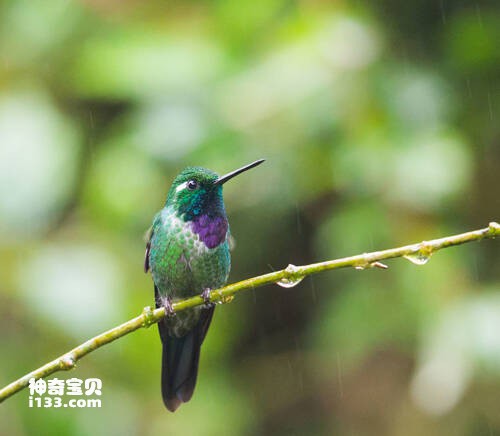
Polyerata rosenbergi
Polyerata rosenbergi,Purple-chested Hummingbird
Its scientific name is Polyerata rosenbergi, and its foreign name is Purple-···
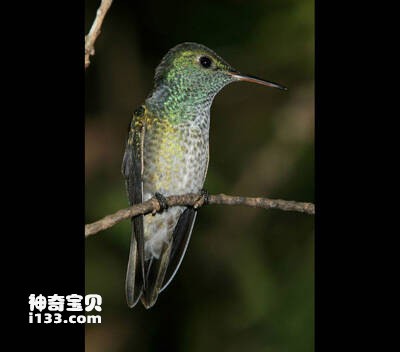
Amazilia rondoniae
Amazilia rondoniae,Rondonia Emerald
Madeira hummingbird scientific name Amazilia rondoniae, foreign name Rondoni···
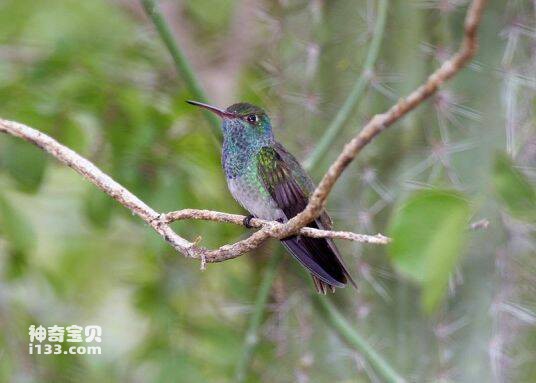
Polyerata luciae
Polyerata luciae,Honduras Emerald
The specific habits of the Honduran hummingbird (Latin name: Polyerata lucia···
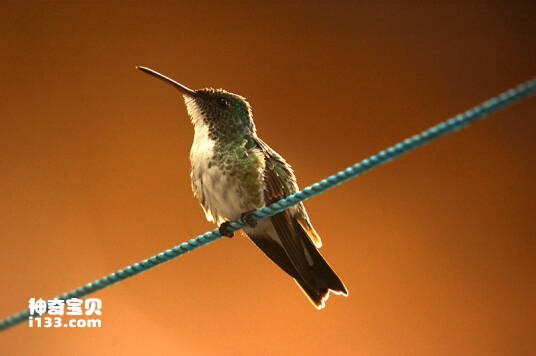
Agyrtria leucogaster
Agyrtria leucogaster,Plain-bellied Emerald
The hummingbird's scientific name is Agyrtria leucogaster, and its foreign n···
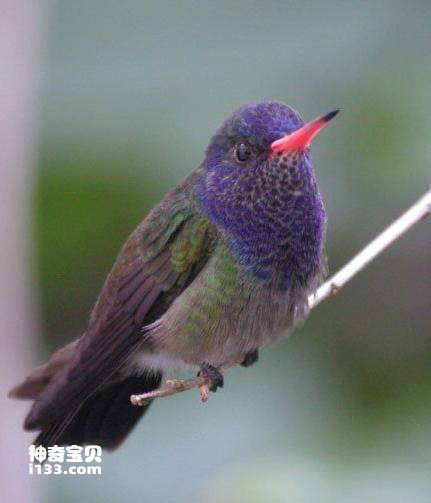
Blue-throated Hummingbird
Blue-throated Hummingbird,Lampornis clemenciae
The Blue-throated Hummingbird, also known as Lampornis clemenciae, has an un···
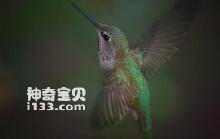
Agyrtria franciae
Agyrtria franciae,Andean Emerald
The Andean hummingbird's scientific name is Agyrtria franciae, and its f···
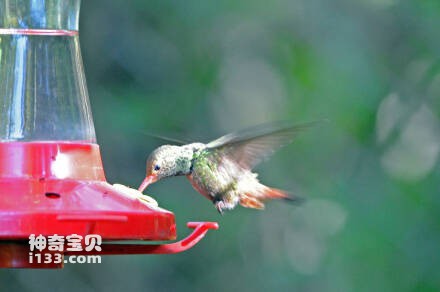
Polyerata fimbriata
Polyerata fimbriata,Glittering-throated Emerald
The Glittering hummingbird is Polyerata fimbriata and Glittering-throated Em···
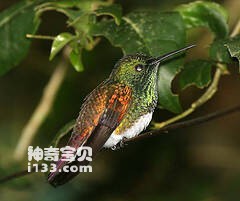
Saucerottia edward
Saucerottia edward
The snowthorax hummingbird's scientific name is Saucerottia edward, and ···
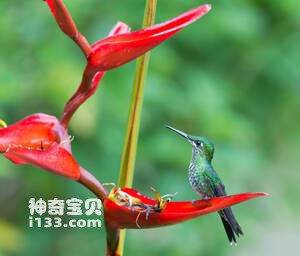
Polyerata decora
Polyerata decora,Charming Hummingbird
Polyerata decora, Charming Hummingbird. Its behavior is not known.Protect wi···
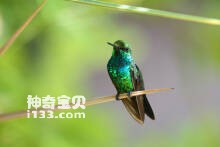
Saucerottia cyanura
Saucerottia cyanura,Blue-tailed Hummingbird
Blue-tailed Hummingbird Saucerottia cyanura, blue-tailed Hummingbird, its sp···
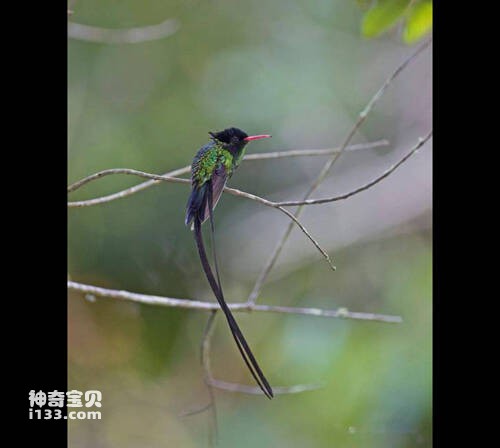
Agyrtria cyanocephala
Agyrtria cyanocephala,Red-billed Azurecrown
The Red-billed hummingbird is known as Agyrtria cyanocephala or red-billed A···
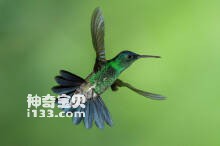
Saucerottia cyanifrons
Saucerottia cyanifrons,Indigo-capped Hummingbird
Saucerottia cyanifrons and Indigo-capped Hummingbird are unknown.Protect wil···
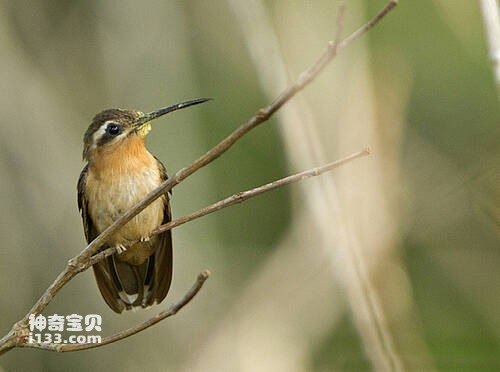
Saucerottia cupreicauda
Saucerottia cupreicauda,Copper-tailed Hummingbird
The Copper-tailed Hummingbird is Saucerottia cupreicauda and copper-tailed h···

Leucippus chionogaster
Leucippus chionogaster,White-bellied Hummingbird
The White-bellied Hummingbird is known as Leucippus chionogaster and white-b···
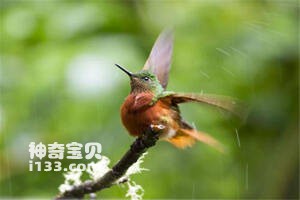
Amazilia castaneiventris
Amazilia castaneiventris,Chestnut-bellied Hummingbird
Scientific name Amazilia castaneiventris, foreign name Chestnut-bellied Humm···
